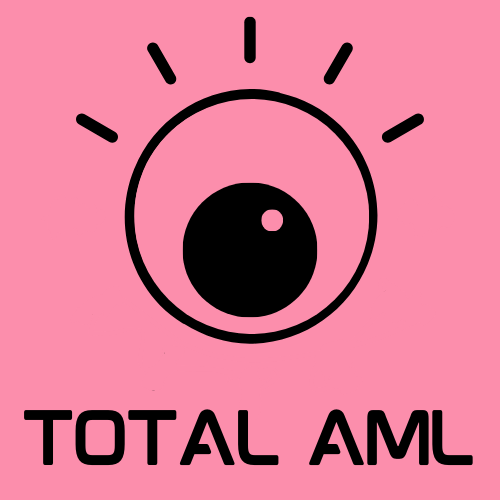Amendment Regulations: Stages 2
In July 2023, a package of regulatory amendments to the Anti-Money Laundering and Counter Financing of Terrorism Act 2009 (AML/CFT Act) was released. The amendments have been coming into force in three stages. In another post, we discussed the changes entered into force in Stage 1. This post focuses on Stage 2, which is coming into force on 1 June 2024.
Additional Information Requirement for Legal Persons (e.g. Company or Limited Partnership)
When your customer is a legal person, you must verify information on data issued by a reliable and independent source relating to:
the customer’s legal form and proof of existence;
the customer’s ownership and control structure; and
any powers that bind and regulate the customer.
An example of a reliable and independent source is a company’s extract.
You must also verify information on data issued by a reliable source about:
the existence and name of any nominee director and shareholder, if the customer is a company; and
the existence and name of any nominee general partner, if the customer is a limited partnership.
You must verify such information via reliable sources. This may include:
written confirmation from another director confirming the name of the nominee director (or confirmation of another partner for a nominee general partner);
written confirmation of any nominee relationship(s) (formal or informal); and
a written agreement in place between any nominees and the person whose instructions or directions the nominee follows or is accustomed to follow.
Additional Information Requirement for Legal Arrangements (e.g. Trust)
When your customer is a legal arrangement, you must verify information on data issued by a reliable source relating to:
the customer’s legal form and proof of existence;
the customer’s ownership and control structure; and
any powers that bind and regulate the customer.
A reliable source to verify such information is for example a trust deed and its amending deeds, which you can ask your customer to provide to you.
You must also verify information on data issued by a reliable and independent source in relation to:
the settlor (or settlors) of the trust; and
any protector (or protectors) of the trust.
This information must be verified by a reliable and independent source, such as a passport or another form or acceptable identity document.
Additional Enhanced Customer Due Diligence Requirements
When you are conducting enhanced customer due diligence (CDD) on:
a trust;
a non-resident customer from a country identified by the Financial Action Task Force as being a high-risk jurisdiction subject to a call for action;
a company with nominee shareholders or shares in bearer form;
a customer who seeks to conduct a usual large transaction; and
high-risk customers.
You must carry out additional enhanced CDD measures before establishing, and during, the business relationship if you assess that the source of funds and wealth information collected is not sufficient to manage and mitigate the risks of ML/FT.
The additional enhanced CDD measures include:
obtaining further information from the customer in relation to a transaction;
examining the purpose of a transaction;
enhanced monitoring of a business relationship; or
obtaining senior management approval for transactions or continuing the business relationship.
Prescribed Conditions for Reliance on Another Reporting Entity for Customer Due Diligence
When you are relying on another reporting entity to conduct CDD on your behalf, you must take reasonable steps to verify that the other reporting entity:
has record-keeping measures to at least the standard required by the AML/CFT Act; and
is able to provide verification information to you as soon as practicable on request, but within five working days after receiving the request.
If the other reporting entity is based overseas, you must consider the level of risk associated with relying on a person residing in that country. This should include a consideration of the ML/FT risks associated with the relevant countries via reliable sources (see for example the Basel AML Index and Know Your Country). The assessment of the country and any decision made should be recorded on file.
Virtual Asset Providers
A number of new requirements will be applied to virtual assets and virtual asset providers. You should consider that the deposit, withdrawal, exchange, or transfer of a virtual asset is declared to be a transaction for the purposes of the AML/CFT Act. In other words, a transaction that is virtual asset to virtual asset, or virtual asset to fiat currency (or vice versa) of $1,000 or more (whether the transaction is carried out in a single operation or several operations that appear to be linked) is to be considered as a captured activity under the AML/CFT Act.
In addition, a transaction that is virtual asset to virtual asset, or virtual asset to fiat currency (or vice versa) is to be considered a wire transfer. Unless all parties of the transfer are in New Zealand, a virtual asset transfer is to be considered an international wire transfer, with all the consequent wire transfer and prescribed transactions report obligations applying as appropriate.
What’s Next?
Do you have any questions on the new amendment regulations? Get in touch today.

